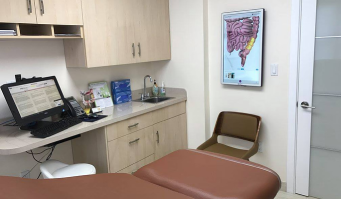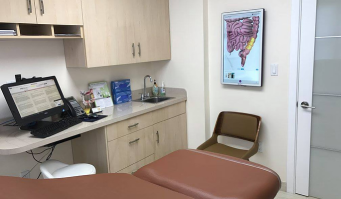Fatty Liver
- Over 1000 5 Star Reviews
- Personalized Care
- Award Winning GI Specialist
What Is Fatty Liver ?
- Simple Fatty Liver: Fat accumulates in the liver, but minimal to no inflammation or liver cell damage occurs. This usually remains stable and doesn’t pose significant risks. It’s the most prevalent form of NAFLD.
- Nonalcoholic Steatohepatitis (NASH): Significantly more concerning than simple fatty liver, NASH involves liver inflammation. This inflammation and associated cell damage can lead to serious consequences, including fibrosis, cirrhosis (scarring), and even liver cancer. These complications can culminate in liver failure and necessitate a transplant. Approximately 20% of NAFLD cases progress to NASH.
- Enlarged Liver: While often asymptomatic, upper right abdominal pain or discomfort may occur.
- Alcoholic Hepatitis: Liver swelling manifests as fever, nausea, vomiting, abdominal pain, and jaundice (yellowish skin and eyes).
- Alcoholic Cirrhosis: Scar tissue buildup in the liver can cause similar symptoms to alcoholic hepatitis, along with:
- Ascites: Excessive fluid accumulation in the abdomen.
- Portal Hypertension: High blood pressure within the liver.
- Internal Bleeding: Hemorrhages within the body.
- Neurological Impairment: Confusion and behavioral changes.
- Enlarged Spleen: This small organ, part of the immune system, resides within the rib cage.
- Liver Failure: Potentially fatal.
Causes of Fatty Liver ?
- Obesity
- Malnutrition
- Chronic viral hepatitis, particularly hepatitis C
- Sex
- Age:
- Obesity or overweight status
- Genetics
- Insulin resistance or type 2 diabetes
- High levels of triglycerides or “bad” cholesterol, or low levels of “good” cholesterol
- Age
- Polycystic ovary syndrome
- Sleep apnea
- Hypothyroidism
- Hypopituitarism
- Malnutrition
- Rapid weight loss
- Exposure to specific toxins and chemicals
- Hispanic or Asian ethnicity
- Metabolic syndrome
Symptoms of Fatty Liver ?
- Swollen belly
- Enlarged blood vessels underneath your skin
- Larger-than-normal breasts in men
- Red palms
- Jaundice
- Nausea, weight loss, or loss of appetite
- Tiredness or mental confusion
Diagnosis of Fatty Liver?
- Alcohol Consumption Inquiry.
- Medical History
- Physical Examination
- Body Mass Index (BMI) Calculation:
- Blood Tests
- Liver Function and Enzyme Tests
- Fibrosis Assessment Tests
- Lipid Profile
- Other Blood Tests
- Hemoglobin A1c
- Ultrasound
- CT Scans
- MRI
- Elastography Tests
Treatment of Fatty Liver?
While no medications currently hold FDA approval for NAFLD, several promising options are undergoing clinical trials.
The primary treatment strategy for NAFLD is weight loss. Reducing body weight by just 3% to 5% can significantly decrease liver fat accumulation, inflammation, and scarring. For individuals with substantial weight to lose, weight loss surgery may be a viable option.
Abstinence from alcohol is crucial for preventing further liver damage and potentially reversing existing damage. If you struggle with alcohol dependence, consult your doctor about accessing support resources. Medically supervised detox programs can facilitate safe withdrawal and manage withdrawal symptoms.
In severe cases of NASH with complications like cirrhosis or liver failure, a liver transplant may be necessary. Fortunately, liver transplant recipients with NASH generally experience positive outcomes.





